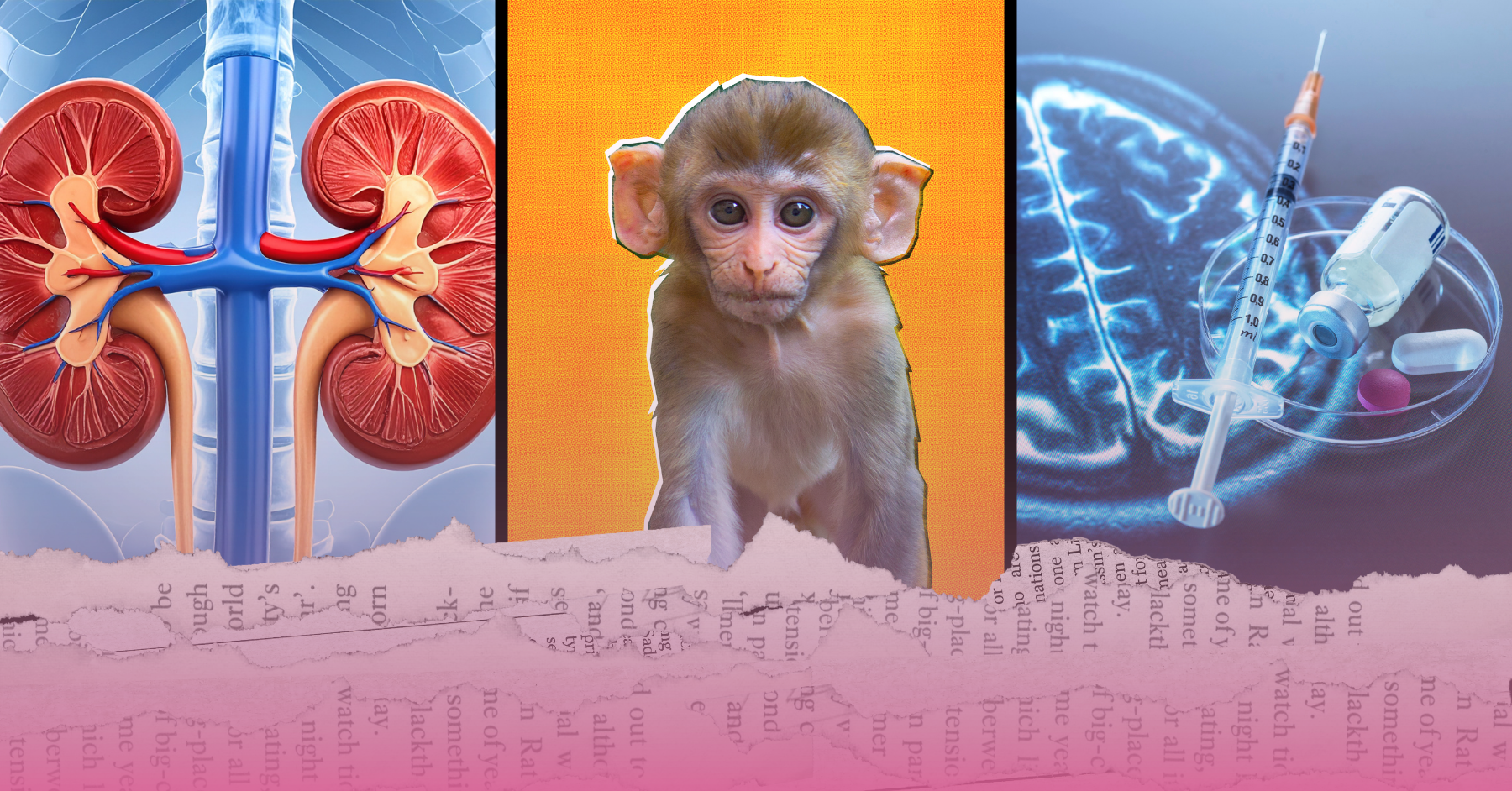
While the animal research industry continues to breed, buy, cage, torture, and kill sentient beings, progressive scientists are busy proving that human-relevant science is not only possible but, in fact, better for us all. Highlights in science from the last month are below.
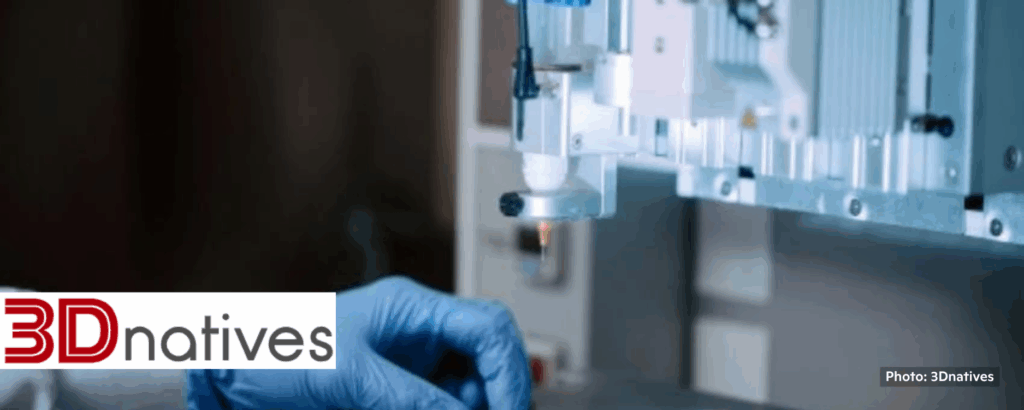 Basque Scientists Pioneer 3D Printed Blood Vessels for Tissue Engineering
Basque Scientists Pioneer 3D Printed Blood Vessels for Tissue Engineering
Joseph K, 3D natives, 10/02/2025
“Although animal models are used in medicine to test treatments for diseases, they don’t always replicate human anatomy, for obvious reasons. 3D printing is a technology with the potential to reduce animal experimentation in science in different ways. We’ve already seen this in specific cases in cosmetics and pharmaceuticals. And recently, a study from the research center CIC biomaGUNE in the Basque Country explored the creation of tissue models with artificial blood vessels using 3D bioprinting with nanomaterials.” 📰 Full Story →
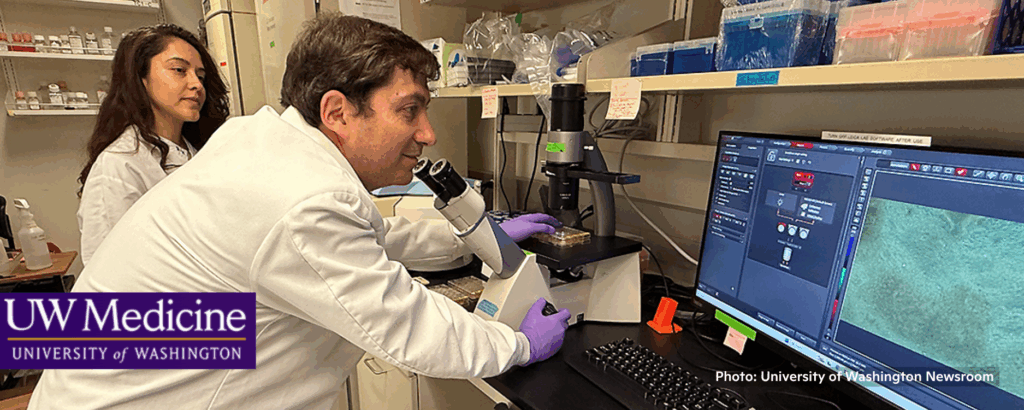 Investigator’s tiny kidney systems gain a national stage
Investigator’s tiny kidney systems gain a national stage
Brian Donohue, University of Washington Newsroom, 10/08/2025
“Miniature in vitro systems of human cells that model kidney function have given UW Medicine entrée [sic] to an elite U.S. research alliance . . . the organoid system whose development [Benjamin Freedman, associate professor of nephrology at the University of Washington School of Medicine] has led for the past decade will become a cornerstone of the Polycystic Kidney Disease Research Resource Consortium. The consortium’s newest member will join through a five-year award from the National Institutes of Health….”
“Freedom interpreted the award as a validation of a living systems research approach that does not involve animals, and which can more closely model human responses to therapeutics being tested.” 📰 Full Story →
 AI-Assisted Drug Discovery Speeds Up as FDA Hurries to Cut Back Animal Testing
AI-Assisted Drug Discovery Speeds Up as FDA Hurries to Cut Back Animal Testing
biotecnika, 10/09/2025
“One of the major shifts in pharma research is the increased use of artificial intelligence (AI) by drugmakers to speed up safety testing and discovery. This is directly linked to the efforts of the U.S. [FDA] in recent times to minimize the use of animal testing.”
“Industry experts estimate that within the next three to five years, combining AI with advanced in vitro and computational models could reduce drug development expense and timelines by a minimum of half. AI is being applied by companies such as Certara, Schrodinger, and Recursion Pharmaceuticals to stimulate the possible absorption, distribution, and toxicities of new drug compounds—activities that were previously done through animal testing. Significantly, Recursion only spent 18 months to advance one of its cancer drug candidates from the idea stage to clinical trials, much quicker than the 42-month industry average.” 📰 Full Story →
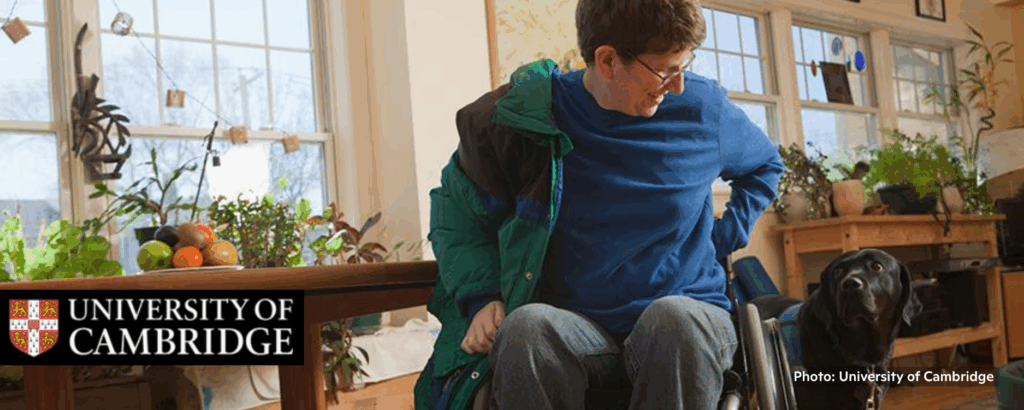 ‘Disease in a dish’ study of progressive MS finds critical role for unusual type of brain cell
‘Disease in a dish’ study of progressive MS finds critical role for unusual type of brain cell
University of Cambridge, 10/10/2025
“Scientists have identified an unusual type of brain cell that may play a vital role in progressive multiple sclerosis (MS), likely contributing to the persistent inflammation characteristic of the disease . . . The discovery, reported today in Neuron, is a significant step towards understanding the complex mechanisms that drive the disease and provides a promising new avenue for research into more effective therapies for this debilitating condition.”
“To model what is happening in the disease, researchers at the University of Cambridge, UK, and National Institute on Aging, US, took skin cells from patients with progressive MS and reprogrammed them into induced neural stem cells (INSCs), an immature type of cell capable of dividing and differentiating into various types of brain cells. Using this ‘disease in a dish’ approach, the team . . . ‘discovered [] glial cells that don’t just malfunction – they actively spread damage . . . The team validated their findings by cross-referencing with human data from individuals with progressive MS.”
“Dr Alexandra Nicaise, co-lead author of the study from the Department of Clinical Neurosciences at Cambridge, added: ‘We’re now working to explore the molecular machinery behind [disease-associated RG-like cells (DARGS)], and test potential treatments. Our goal is to develop therapies that either correct DARG dysfunction or eliminate them entirely. If we’re successful, this could lead to the first truly disease-modifying therapies for progressive MS, offering hope to thousands living with this debilitating condition.” 📰 Full Story →
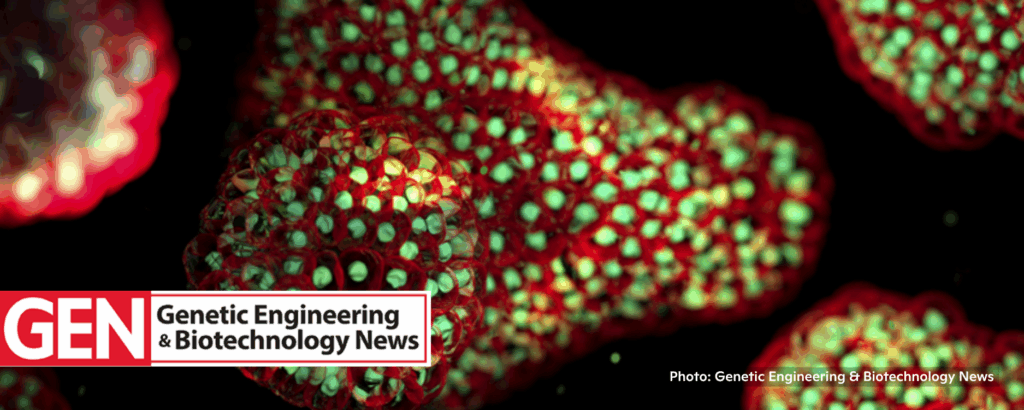 Using Human Organoids to Understand the Biology of Exposomes
Using Human Organoids to Understand the Biology of Exposomes
Andy Tay, Genetic Engineering & Biotechnology News, 10/10/2025
“Our cells are continually being exposed to environmental assaults. For instance, skin is exposed to pollutants and UV radiation. Our lungs are subject to environmental stimuli such as smoke particulates and viral agents. Collectively, these environmental assaults can be summed as ‘exposomes’—the non-genetic factors that affect the health and biology of our tissues.”
“Models that most resemble human physiology are needed to fully understand and characterize the health impact of exposomes. The traditional models are 2D cell culture, 3D spheroids, and animals, but they have their respective limitations. 2D cell culture neglects the influence of 3D structure and extracellular matrix, while 3D spheroids lack sufficient cell diversity. Animals do not have the identical cell types as humans, and even for humanized mice models, it is often a mix of human and animal cell types. As a result, preclinical data obtained using these models often do not lead to meaningful outcomes during clinical trials.”
“Organoids are promising in vitro models that can be used to mimic human physiology and provide accurate information on how human cells in their native-like tissue microenvironment are affected by exposomes including pollutants, toxic metal ions, drugs, viruses, and even microplastics.” 📰 Full Story →
 3D-printed lung models aim to improve research on respiratory diseases
3D-printed lung models aim to improve research on respiratory diseases
Lucia Gartner, 3Printr.com, 10/10/2025
“Researchers at the University of Saskatchewan (USask) are developing a new approach to better understand lung diseases such as tuberculosis and cystic fibrosis. Their goal is to create a three-dimensional lung tissue model that more accurately replicates the actual structure and function of human lungs than previous two-dimensional cell cultures or animal testing.”
“The studies showed that the cells in the 3D-printed models survive for extended periods and behave similarly to those in natural lung tissue. This opens up the possibility of testing drugs or pathogens under realistic conditions. In the next phase, the researchers plan to study how the models respond to infections and whether they can be used to develop patient-specific therapies. In the long term, the technology could help produce artificial lungs for transplantation or enable personalized treatment strategies.” 📰 Full Story →
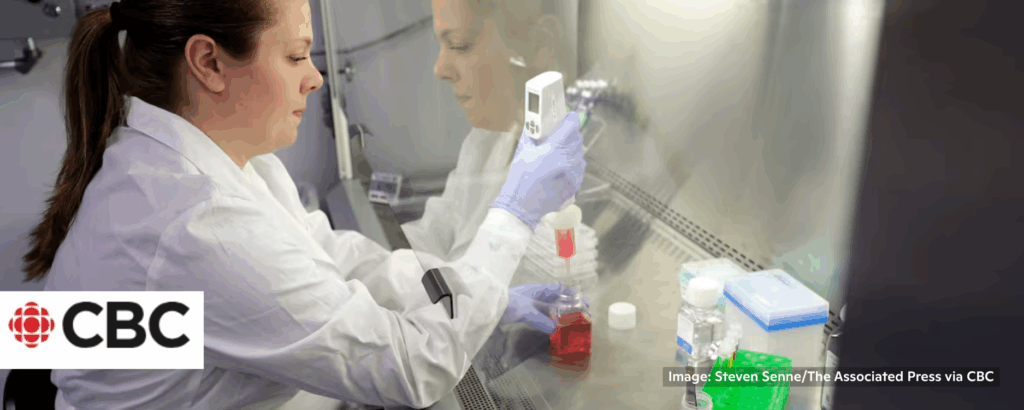 Why ‘organ chips’ could transform cancer treatment and drug testing
Why ‘organ chips’ could transform cancer treatment and drug testing
Amina Zafar, CBC, 10/11/2025
“Cancer treatments don’t always work as expected, leaving patients to suffer side effects of chemotherapy without gaining benefits. Now scientists are exploring whether tiny proxy organs made in the lab from a patient’s own cells can do a better job at predicting treatment success. These proxy organs, also known as organoids, involve growing a patient’s cells into tissue that organizes itself. In a more advanced technique, called an organ chip, the organoids are grown on a tiny 3D structure that simulates blood flow. The result? Lung tissue that expands and contract [sic] on its own or heart cells beating in unison.”
“Unlike testing drugs in conventional ways — like human cells growing flat in a dish, or testing on animals — organs on a chip can better capture the complexity of cancer growth and human functions to predict what pharmaceuticals will work safely, medical researchers say.”
“A team based at Montreal’s McGill University and Boston’s Harvard University successfully created organoids and a personalized, USB-sized organ chip for eight patients with esophageal adenocarcinoma, a cancer with a high mortality rate. The experimental tool recreates and grows a patient’s tumour and surrounding tissues with fluid to test how it may respond to treatment . . . In the small number of patients they’ve tested so far, those organ chip results lined up perfectly with the patients’ responses to chemotherapy and successful recovery.” 📰 Full Story →
 Novel CN Bio solution helps reduce animal testing
Novel CN Bio solution helps reduce animal testing
Newsdesk, BusinessWeekly, 10/13/2025
“Said to combine the capabilities of CN Bio’s existing suite of instruments, PhysioMimix Core is described as the first [organ-on-chip (OOC)] solution to deliver validated performance across single-organ, multi-organ, and higher-throughput configurations within one microphysiological system (MPS).”
“The PhysioMimix Core is said to provide a universal end-to-end solution for recreating complex human physiology in vitro. Optimised for simplicity and functionality, it is said to offer researchers an all-in-one platform to easily adopt, adapt, and scale OOC workflows as experiments evolve – supporting high throughput screens of up to 288 samples simultaneously.”
“‘PhysioMimix Core directly addresses the gap in the market for a unified OOC system that is adaptable across the entire drug discovery and development pipeline. We work closely with regulators to anticipate the direction of the field, and this launch represents our focus on streamlining adoption and ensuring our customers stay ahead of that curve.’” 📰 Full Story →
 Kidney Organoids Offer Platform for APOL1 Drug Discovery
Kidney Organoids Offer Platform for APOL1 Drug Discovery
John Schieszer, Medscape, 10/13/2025
“A kidney organoid platform may reduce the need for laboratory animal models and provide a more reliable, relevant system for drug development, ultimately helping to reduce disease burden and improve quality of life for patients with kidney disease.”
“‘By using [induced pluripotent stem cells (iPSCs)] obtained from patients with a genetic kidney disorder . . . we can create disease-specific kidney models. These organoid-based models allow us to study the disease mechanism at a molecular level in a reproducible and patient-specific manner, without causing any additional burden to the patient,’ said study investigator H. Siebe Spijker, MD, clinical nephrologist at Leiden University Medical Center in Leiden, Netherlands.”
“‘The organoids reflect the underlying biology driving disease progression. While this study focused on [APOL1-mediated kidney disease (AMKD)], the approach is broadly applicable. iPSCs can be generated from any patient with a genetic kidney disease, enabling the development of tailored organoid models for a wide range of kidney diseases,’ Spijker told Medscape Medical News.”
“Although the current work centers on disease mechanisms, the team intends to apply the model for drug discovery. ‘This could involve targeted strategies based on the specific disease mechanism or a large-scale compound screening to uncover novel therapeutic targets,’ Spijker said.” 📰 Full Story →
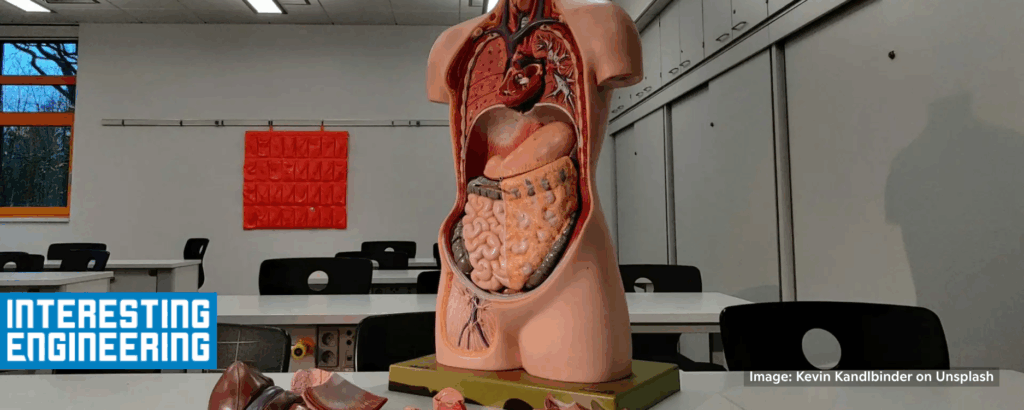 Miniature bioelectronic 3D human colon brings lifelike precision to cancer research
Miniature bioelectronic 3D human colon brings lifelike precision to cancer research
Aamir Khollam, Interesting Engineering, 10/15/2025
“In a major leap for cancer research and precision medicine, engineers at the University of California, Irvine have developed a three-dimensional human colon model integrated with bioelectronics. The innovation promises a more ethical, accurate, and cost-efficient alternative to animal testing in colorectal cancer research and drug discovery.”
“Traditional animal models often miss key aspects of tumor biology and require millions of dollars and years to complete. ‘Our bioelectronic-integrated 3D-IVM-HC model addresses some of the practical and ethical challenges in animal-based research, offering a human cell-based, animal-free approach with the potential to enable rapid, cost-effective and scalable translational studies,’ . . . ‘By eliminating interspecies variability, the model has the ability to enhance clinical translatability, providing an accelerated and ethically responsible pathway for preclinical research.’” 📰 Full Story →
 Loughborough researcher hopes her adaptable tumour bubble will put an end to animal testing for developing cancer drugs
Loughborough researcher hopes her adaptable tumour bubble will put an end to animal testing for developing cancer drugs
Loughborough University, 10/16/2025
“[Lisa Barrett Wheatley] said: ‘Current testing methods are often too simplistic, and animal models don’t effectively represent what happens in the human body. My goal is to improve this by creating a better way to test drugs in a tumour-like environment and using a lab-based model. This also has the potential to reduce the use of animals in research, addressing both ethical concerns and scientific limitations.’”
“‘The core of my research is to replicate a tumour inside an artificial bubble–essentially, a mini tumour model.’ . . . ‘Ideally, this technology could significantly impact how drugs are tested. It could allow pharmaceutical companies and researchers to test drugs in a more accurate, human-like model. If it proves to be more predictive than animal models, it could reduce the number of animals used in research and lead to more effective drugs reaching clinical trials.’” 📰 Full Story →
 First-in-Kind Fully Humanized 3D Bioprinted Human Skin Model Developed by Mayo Clinic Researchers using CollPlant’s rhCollagen-Based Biolnk
First-in-Kind Fully Humanized 3D Bioprinted Human Skin Model Developed by Mayo Clinic Researchers using CollPlant’s rhCollagen-Based Biolnk
CollPlant, PR Newswire, 10/16/2025
“ . . . according to a scientific article published in the Archives of Dermatological Research, researchers from Mayo Clinic have developed the first fully humanized 3D bioprinted skin model using CollPlant’s plant-derived rhCollagen. This model represents an innovative alternative to animal testing for preclinical research, with broad potential applications in cosmetic and pharmaceutical testing, disease modeling, and drug development.”
“The novel model specifically consists of CollPlant’s rhCollagen-based bioinks used for 3D bioprinting and human skin fibroblasts, melanocytes and keratinocytes. The integration of these constructs into a skin-on-a-chip system enables the evaluation of topical and transdermal drug delivery in a non-animal model. In addition, the 3D bioprinting of skin using plant-derived rhCollagen presents significant advantages, including high-throughput production of personalized human skin models, and potential applications in regenerative medicine and other areas of medicine.” 📰 Full Story →
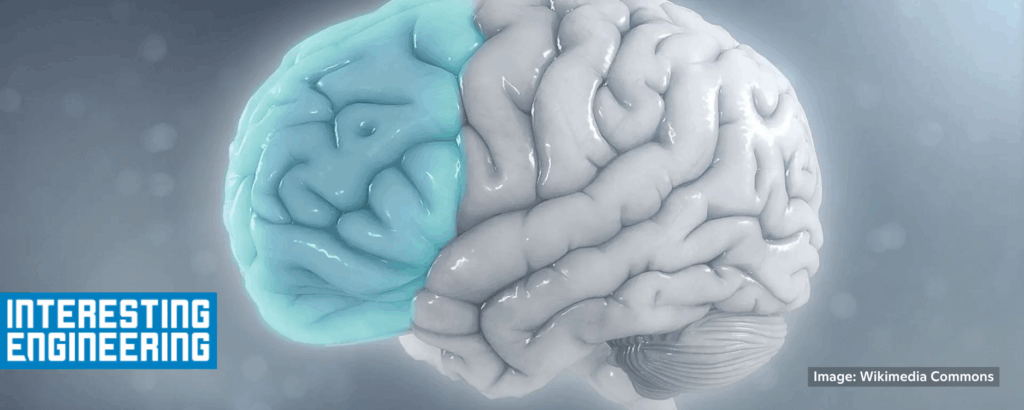 3D brain models made from patients’ own cells open door to tailored therapies
3D brain models made from patients’ own cells open door to tailored therapies
Aamir Khollam, Interesting Engineering, 10/17/2025
“MIT scientists have developed a new 3D human brain tissue model that could change how researchers study neurological diseases. The platform, called Multicellular Integrated Brains or miBrains, recreates key features of real human brain tissue, offering a more accurate way to test drugs and understand disorders like Alzheimer’s. The breakthrough comes at a time when neuroscience research is pushing beyond traditional lab models and animal testing to create systems that truly reflect how the human brain functions.”
“‘The miBrain is the only in vitro system that contains all six major cell types that are present in the human brain,’ . . . ‘Recent trends toward minimizing the use of animal models in drug development could make systems like this one increasingly important tools for discovering and developing new human drug targets,’….” 📰 Full Story →
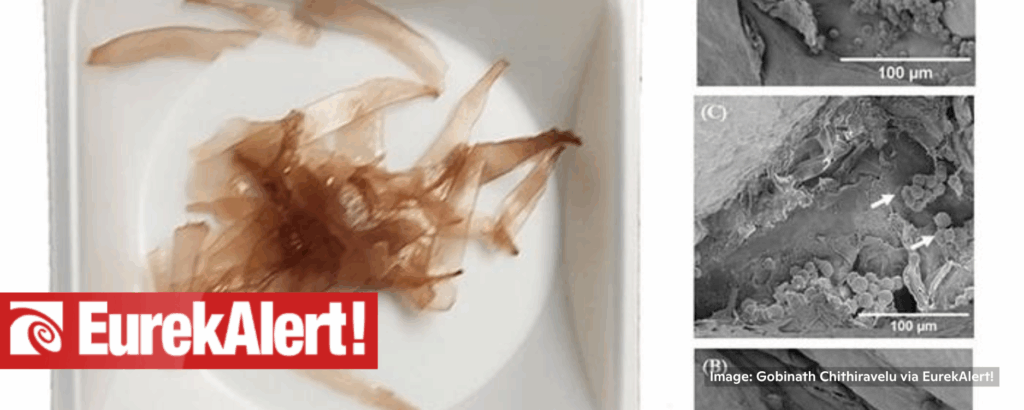 Seaweed makes for eco-friendly tissue scaffolds and reduces animal testing
Seaweed makes for eco-friendly tissue scaffolds and reduces animal testing
EurekAlert!, AAAS, 10/21/2025
“In Biointerphases, an AVS journal published by AIP Publishing, researchers from Oregon State University found yet another use for seaweed as a cheap, vegan, and eco-friendly tissue scaffold . . . Tissue scaffolds are used in tissue engineering to provide a stable, structural environment for cells to grow. It’s not just the biocompatibility of seaweed that makes it a promising candidate; seaweed scaffolds provide a great alternative to animal testing.”
“ . . . they found that all their seaweed scaffolds had excellent biocompatibility with the cardiomyocytes, showing a promising future for this line of research. Not only will these scaffolds decrease animal testing at the preclinical phase, but they are a cost-effective and eco-friendly alternative to synthetic scaffolds.” 📰 Full Story →
 First FDA IND Milestone Achieved Using Human Vascularized Organoid Efficacy Data
First FDA IND Milestone Achieved Using Human Vascularized Organoid Efficacy Data
Fierce Biotech, 10/27/2025
“Qureator Inc., a San Diego–based innovator in AI-powered, human-relevant organ-on-a-chip platforms, today announced that its proprietary vascularized tumor immune microenvironment model (vTIME) generated pivotal preclinical efficacy data that enabled SillaJen to secure U.S. Food and Drug Administration (FDA) approval of an Investigational New Drug (IND) application for a combination therapy of BAL0891 with immune checkpoint inhibitors.”
“This landmark decision represents the world’s first FDA IND approval in which efficacy data were generated solely from human vascularized organoid–based combination studies, without relying on traditional animal efficacy (POC) testing—underscoring a fundamental shift toward human-relevant efficacy evaluation under the FDA Modernization Act 2.0.” 📰 Full Story →
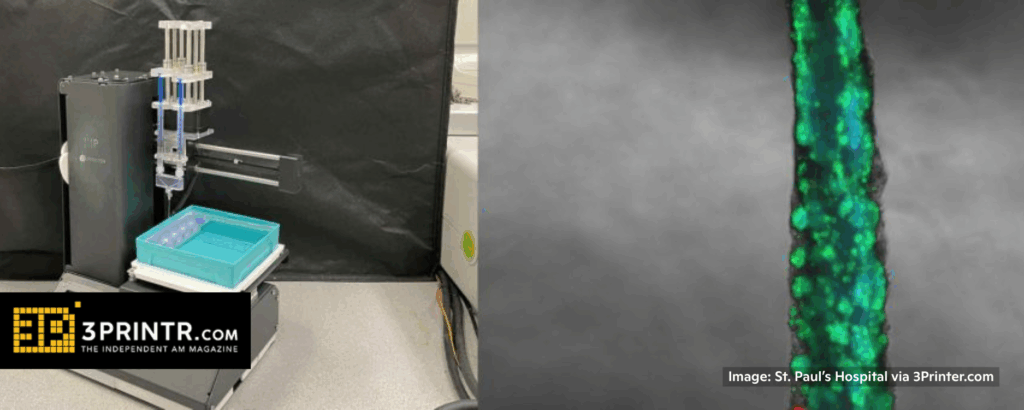 DIY bioprinter: HLI team prints living heart tissue for drug testing
DIY bioprinter: HLI team prints living heart tissue for drug testing
Lucia Gartner, 3Printer.com, 10/27/2025
“At the Centre for Heart Lung Innovation (HLI) at St. Paul’s Hospital in Vancouver, the team led by cardiologist Zachary Laksman has produced living heart tissue using a self-developed 3D bioprinter. The goal is the reproducible creation of human tissue models for preclinical drug testing and personalized medicine.” 📰 Full Story →
 Take Action: SPARE Animals from Harm in Labs
Take Action: SPARE Animals from Harm in Labs
Ask your members of Congress to support the Safeguard Pets, Animals, and Research Ethics (SPARE) Act, a bill that aims to end federally funded animal research ⚠️ Take Action Now →
Share this news compilation on X or Bluesky.
Or share this link on Facebook or anywhere else:
riseforanimals.org/news/sci-news-oct-2025